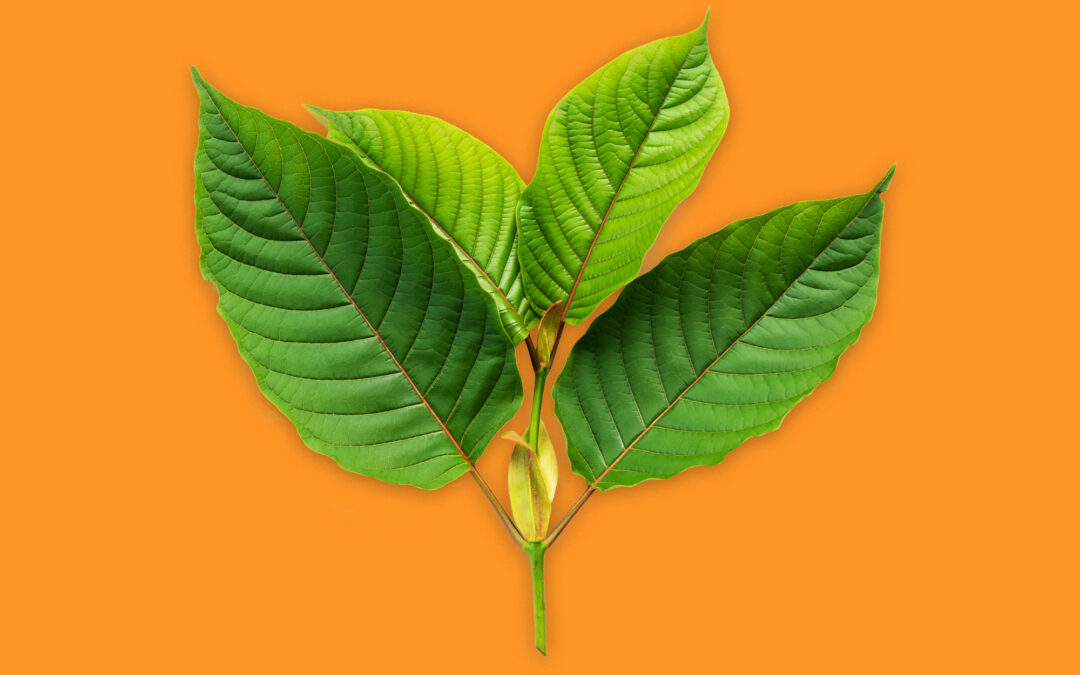What is Kratom?
Is Kratom safe? Before answering this question, we are going to see what Kratom is. Kratom (Crazy Mitragyna speciose) belongs to the genus Mitragyna and belongs to the Mariposa (Opuntia) genus in the family Fabaceae. It’s a tree that grows in the area where Southeast Asia meets East Asia. In its pure form, Kratom is a tropical tree in the coffee family. It is found in Southeast Asia. The leaves and fruit are usually ground up and consumed as tea. Some people also grind the leaves and drink them as a coffee alternative.
Kratom Tea
Kratom tea is sold in most convenience stores and online. It is usually made with powdered kratom leaves and boiled water. It is not sold in syrups.
Kratom Powder
As its name suggests, kratom powder is a form of kratom extract. It is not as safe to consume as tea, as it contains a higher amount of tetrahydrocannabinol (THC) than tea does.
Kratom Capsules
When taking capsules, Amazing kratom extract is mixed with fiber and other ingredients, making it easy to consume. You can try kratom pills, which may be safer for people with a medical condition that interacts with opiates.
Kratom capsules often contain an opioid, which makes them more addictive.
Kratom Supplements
When kratom supplements are used to treat withdrawal symptoms from opiates, they contain higher amounts of THC than a typical kratom tea. They are used in conjunction with medical treatment to treat opiate withdrawal.
Is Kratom Safe?
Safety can be a tricky topic to tackle when talking about Kratom. Because there are so many types of Kratom and each has its unique chemistry, it isn’t easy to make generalizations about the safety of one Kratom over another. It is especially true since each Kratom can be found in hundreds of different strains. Therefore, it’s impossible to know if one Kratom is safe because it’s from a different strain of Kratom or a different strain of a different Kratom.
Some research shows that Kratom consumption has some positive effects on the brain like it is an analgesic, antidepressant, and stimulant, which could be helpful for pain and depression. On the other hand, Kratom may increase the risk of opioid withdrawal symptoms. In addition, Kratom may be harmful to people with liver disease or cardiovascular problems.
While some health risks are associated with Kratom consumption, experts agree that Kratom has fewer health risks than other stimulants like caffeine. However, it’s essential to be careful when consuming Kratom. It’s also essential to be aware that Kratom products are highly unregulated and could be laced with other dangerous chemicals.
Uses of Kratom
Generally, Kratom is a tree, often found in Indonesia, grown as a fast-growing tropical tree for its bark and leaves. Once they have aged to about 5 to 15 years, they are boiled, chewed, or brewed in hot water with a bit of rock sugar to produce a potent tea.
Kratom is mainly used as a tonic to reduce or avoid the body’s reaction to specific symptoms and promote general well-being. If you have the following symptoms, you might want to consider taking Kratom instead of prescription drugs:
- Insomnia
- Hunger
- Pain
- Chronic Pain
- Disease
- Bipolar Disorder
- Depression
- Opioid Withdrawal
Kratom is also an adaptogen, which helps our bodies adapt to stress and thus gives us relief. It makes Kratom perfect for people who need to get through tough times without the adverse effects of prescription drugs. Kratom contains a mild stimulant that can be used in order to reduce or even eliminate withdrawal symptoms from the drug it is being used to quit.
Benefits of Kratom
There are so many benefits to taking Kratom that it’s hard to mention just a few. Below are a few of the most significant benefits of Kratom:
The most obvious, and quite frankly, the most dangerous, is that it can be addictive. It is mainly because Kratom is introduced in a way that gives it the appearance of being safe. It is, however, far from the truth. The habituation of the brain to Kratom can be pretty dangerous and can even kill. It’s more like a drug addiction than a recreational drug. Kratom is also highly addictive for people who have never been addicted to any other drug.
Reducing the Risks of Opioid Withdrawal
People who are addicted to Opiates are at a high risk of developing a variety of health problems. The most common are withdrawal symptoms, which include shaking, sweating, difficulty sleeping, and a feeling of incomplete control over your actions. When someone is addicted to an Opioid, it is not uncommon for them to feel suicidal or spend all of their time lying in bed.
When you are in the process of weaning yourself off an Opiate, it is tough to see a point in living. It might be time to consider Kratom as a way out for people who are stuck in the vicious cycle of addiction and who don’t want to go down a path of lifelong destruction.
Stimulant Effects:
Kratom acts as a stimulant and can be considered a form of Opiate in its own right. It affects the same brain receptors as the highly addictive opioids. As a result, many users who have never been addicted to Opiates are using Kratom to quit. You are more likely to find Kratom users who have never taken a drug before. It can have a similar effect to a drug-induced high.
Healthy Pain Relief
Pain is one of the primary reasons people choose to take Opiates. As a result, it is worth noting that Kratom has been used for centuries for its pain relief properties. These are:
- Pain Relief
- Analgesia
- Therapy
Opiate use is dangerous and can have devastating effects on your health and well-being. Kratom can be used with Opiates to reduce the risk of addiction and withdrawal and give Opiate users healthy pain relief.
Important Note:
It is important to note that Kratom is still very controversial and illegal, so you must speak to your doctor before starting any medication or herbal substance.
Thank you for reading!









